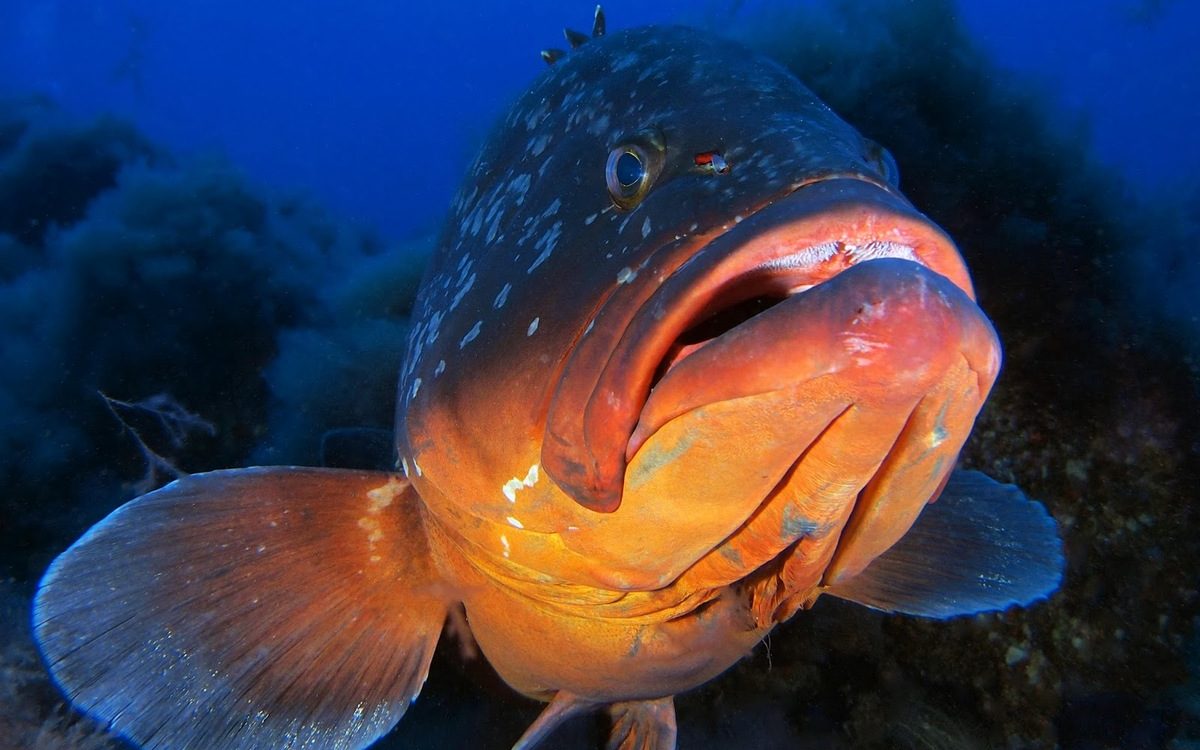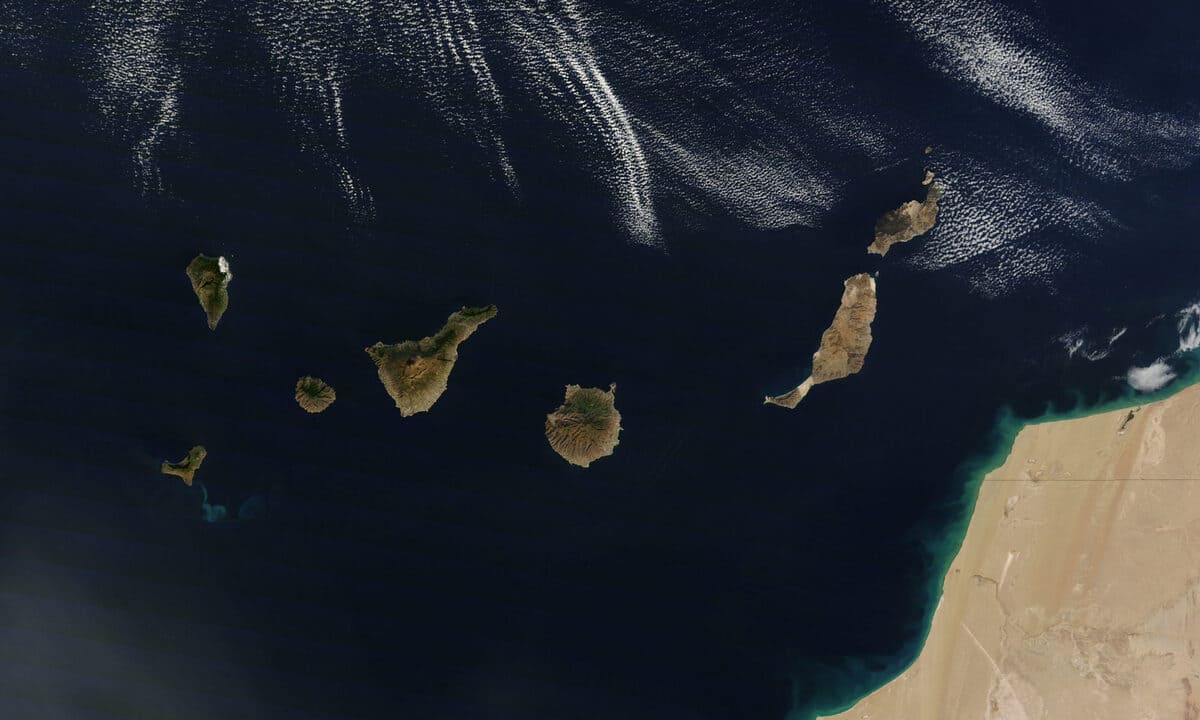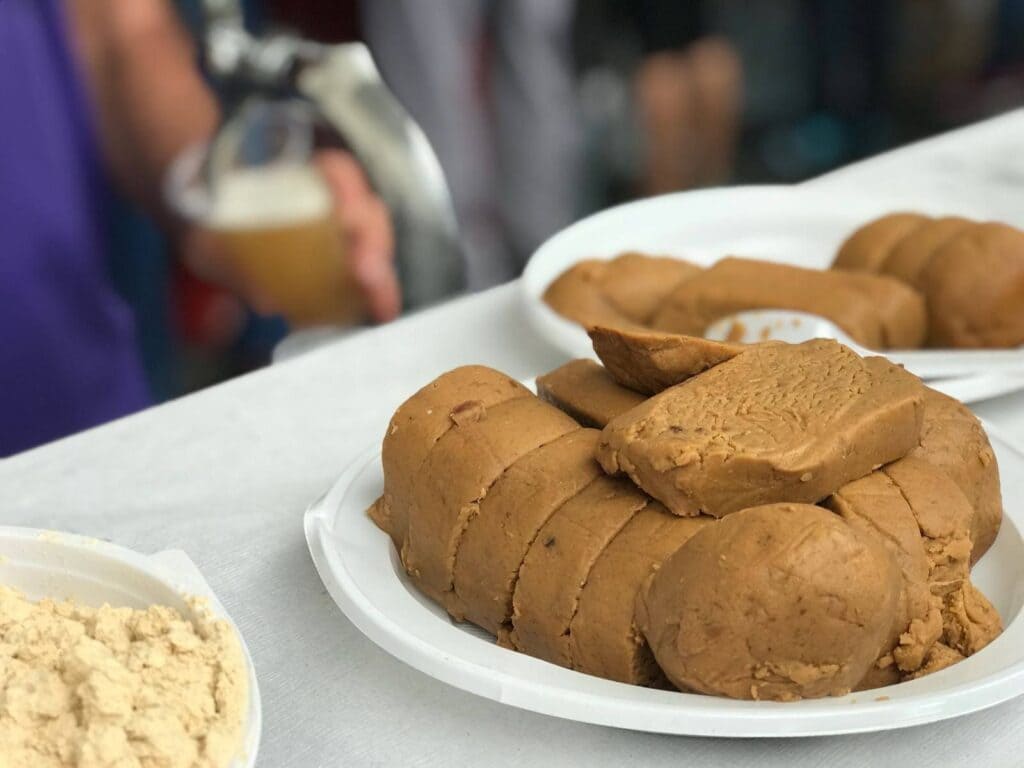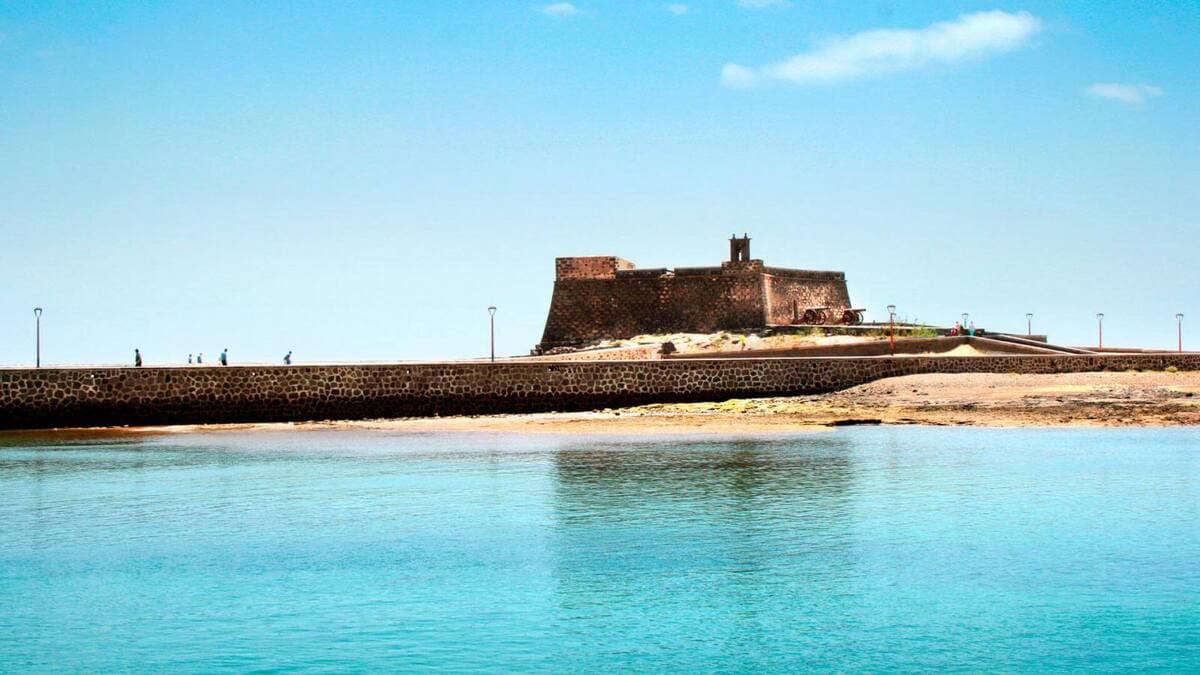The island of El Hierro, like the rest of the Canary archipelago, has a great variety of animal and plant species, many of which are endemic to both the Canary Islands and the island itself. In this article we will talk about the fauna and flora of El Hierro, as peculiar as the island of the meridian.
Flora and fauna of meridian island
Volcanoes, lava flows, lush forests of Canary pine and laurisilva, trees that kneel before the wind, steep cliffs, relaxing natural pools ..., this is El Hierro. An enigmatic and breathtaking island, refuge of different species of animals and endemic plants.
Flora of El Hierro: a symbol of the island's identity
In the highest areas of the island of El Hierro you can find laurel forests, survivors of ancient prehistoric forests. These are dominated by ferns, laurels and mosses. Next is the area populated by oaks and beeches known as Fayal.
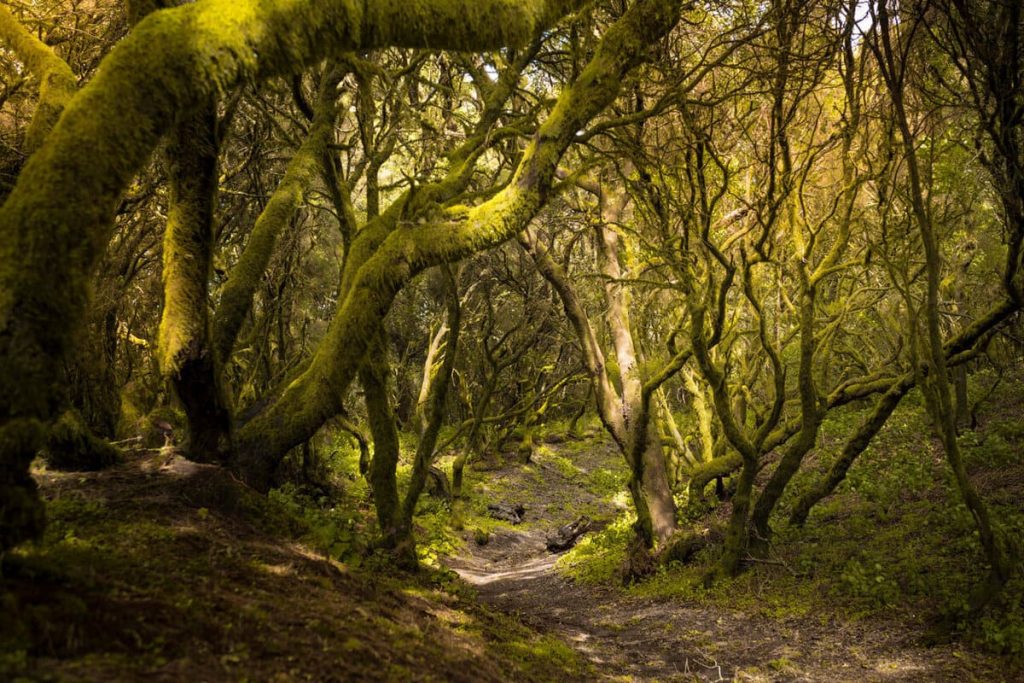
The Canary Island pine or pinus canariensis is one of the most impressive specimens of coniferous forest. Its ability to resist fire thanks to its thick bark makes it the most resistant of the endemic plant species of the Canary Islands.
But in terms of natural beauty, the juniper forest is equally beautiful and dramatic. The sabinar is a forest of junipers that has the particularity of having been shaped by centuries of intense winds in the highest areas of the island. In addition, these impressive trees have been protected since 1975.
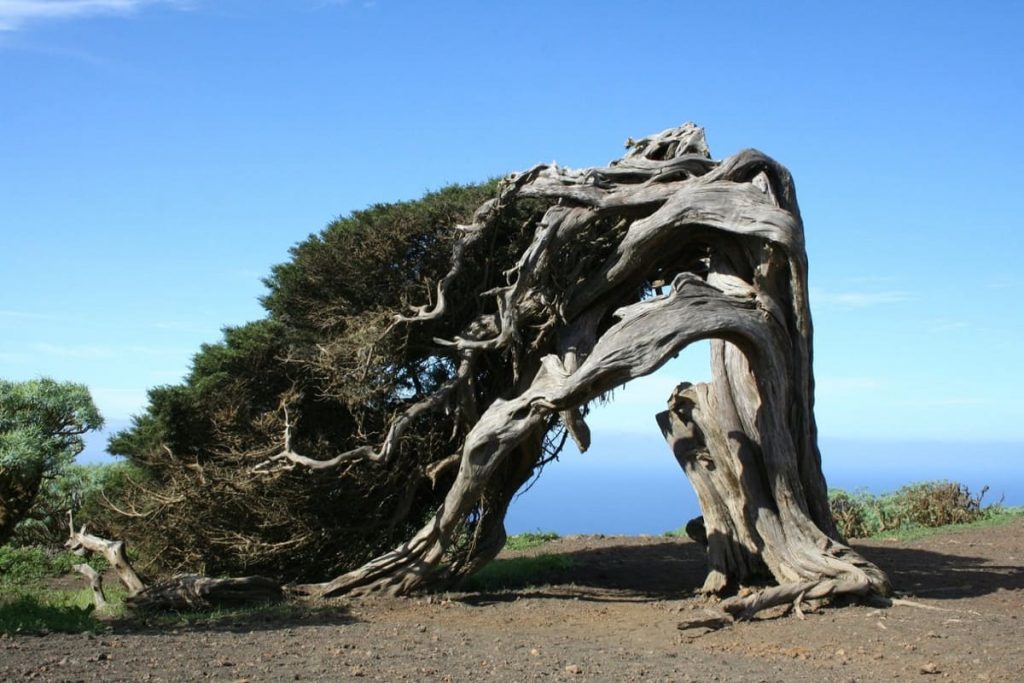
The lower areas of the island have a drier climate than the higher areas, so the vegetation is quite scarce. The most representative species of these areas are the tabaibas and cardones. Also some specimens of agaves, piteras and tuneras, introduced in the Canary Islands from America.
The fauna of El Hierro, peculiar and unique
For its part, the fauna of the island of El Hierro includes species such as the wild canary, which despite not standing out for the appearance of its plumage, grayish green, does impress with its deep song. Among the bird species, we also find tits, kestrels, pigeons and crows, in addition to the particular finch of El Hierro. In the coastal areas, some varieties of gulls proliferate and, likewise, you can also find some specimens of osprey. Of course, the island is an important passage point for different migratory species during their long flights.
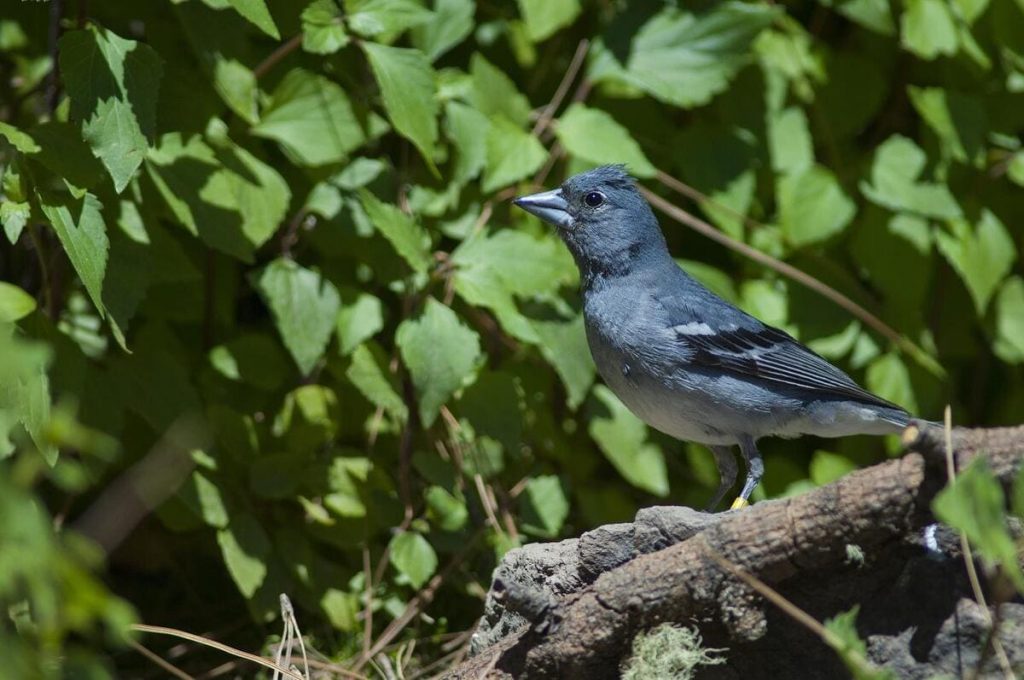
The insects of the island include a great variety of butterflies and beetles. Also a large group of spiders of which the only one to be feared is the well-known black widow, the only venomous animal of El Hierro and whose bite can be lethal if not treated properly. We can distinguish more than 5 000 different insect species on this island alone.
The protagonist of the fauna of El Hierro is undoubtedly the giant lizard of El Hierro or Galliota Simonyi, whose largest specimen to date reached a meter and a half from head to tail and which was considered extinct for a while. A variant of this well-known giant lizard was found in 1975, although its maximum size does not exceed 70 centimeters in length and they are currently under protection, bred in a special enclosure for future repopulation.
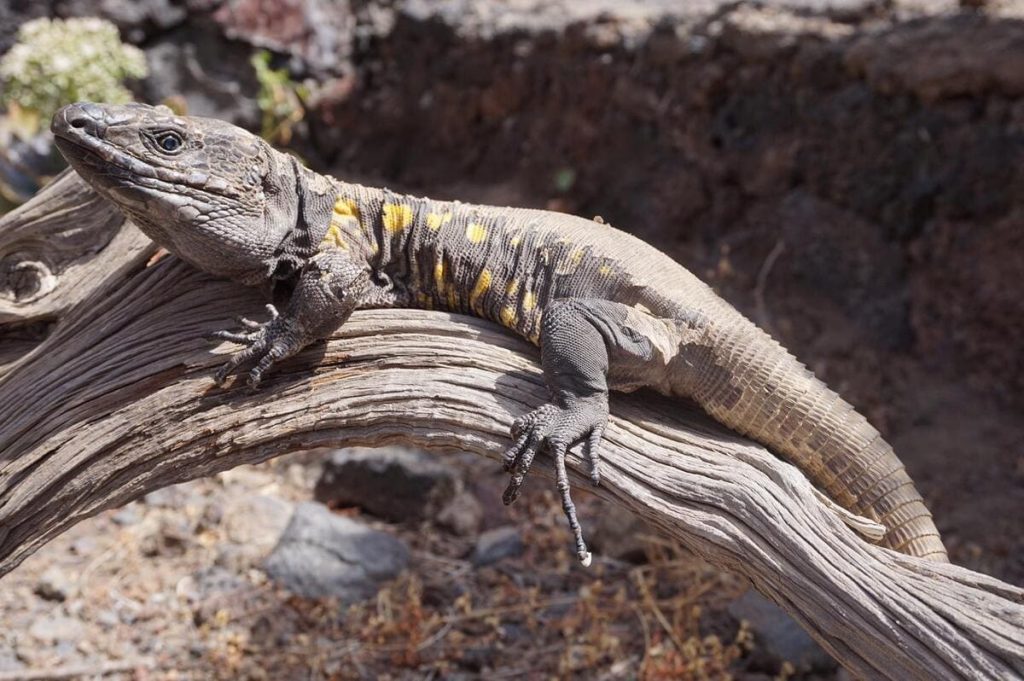
If you are thinking of visiting the island of El Hierro or you are already on the island we leave you below several links that may be of interest to enjoy the trip in the most complete way: The Garoé tree, the sacred tree of El Hierro; Scuba diving in El Hierro, a marine paradise; What to see in El Hierro: route for a weekend.
Paula Vera
Photos: elhierro.travel; visitarlasilascanarias.com
